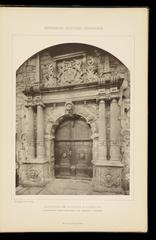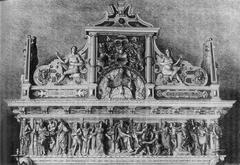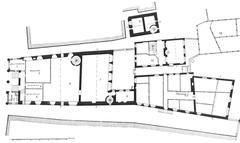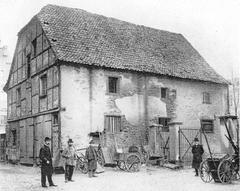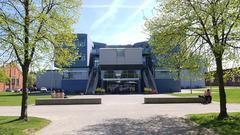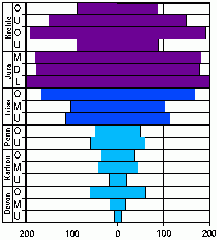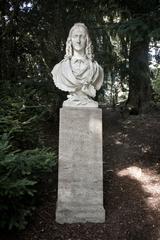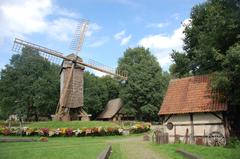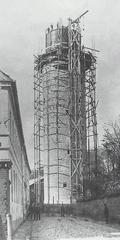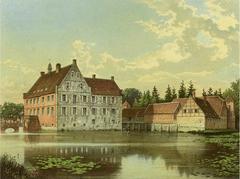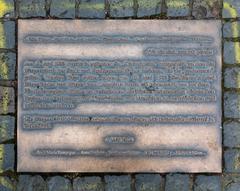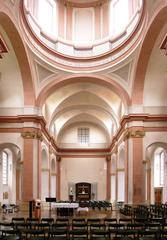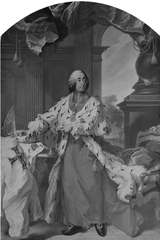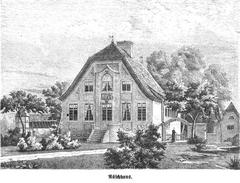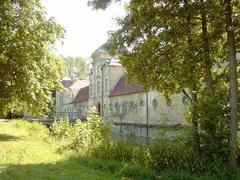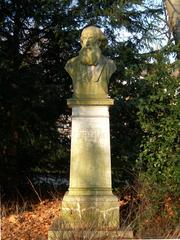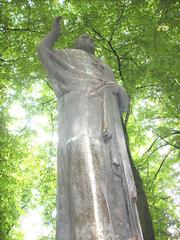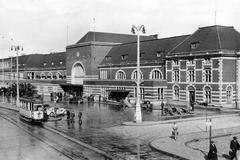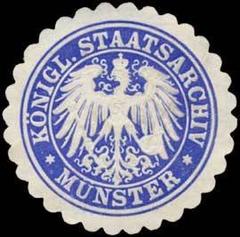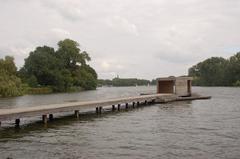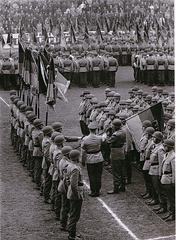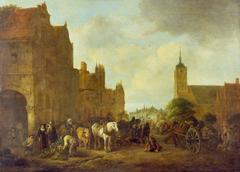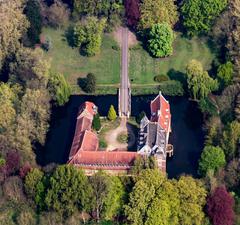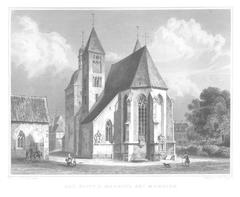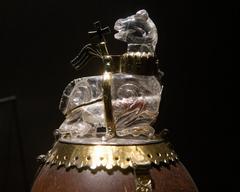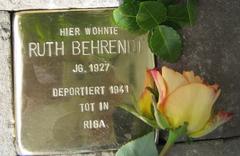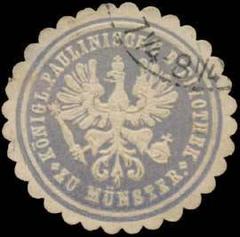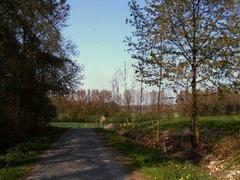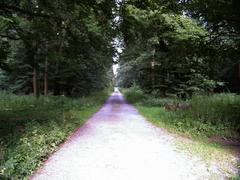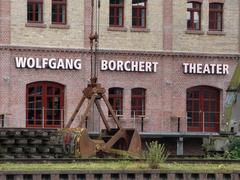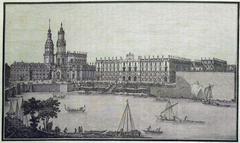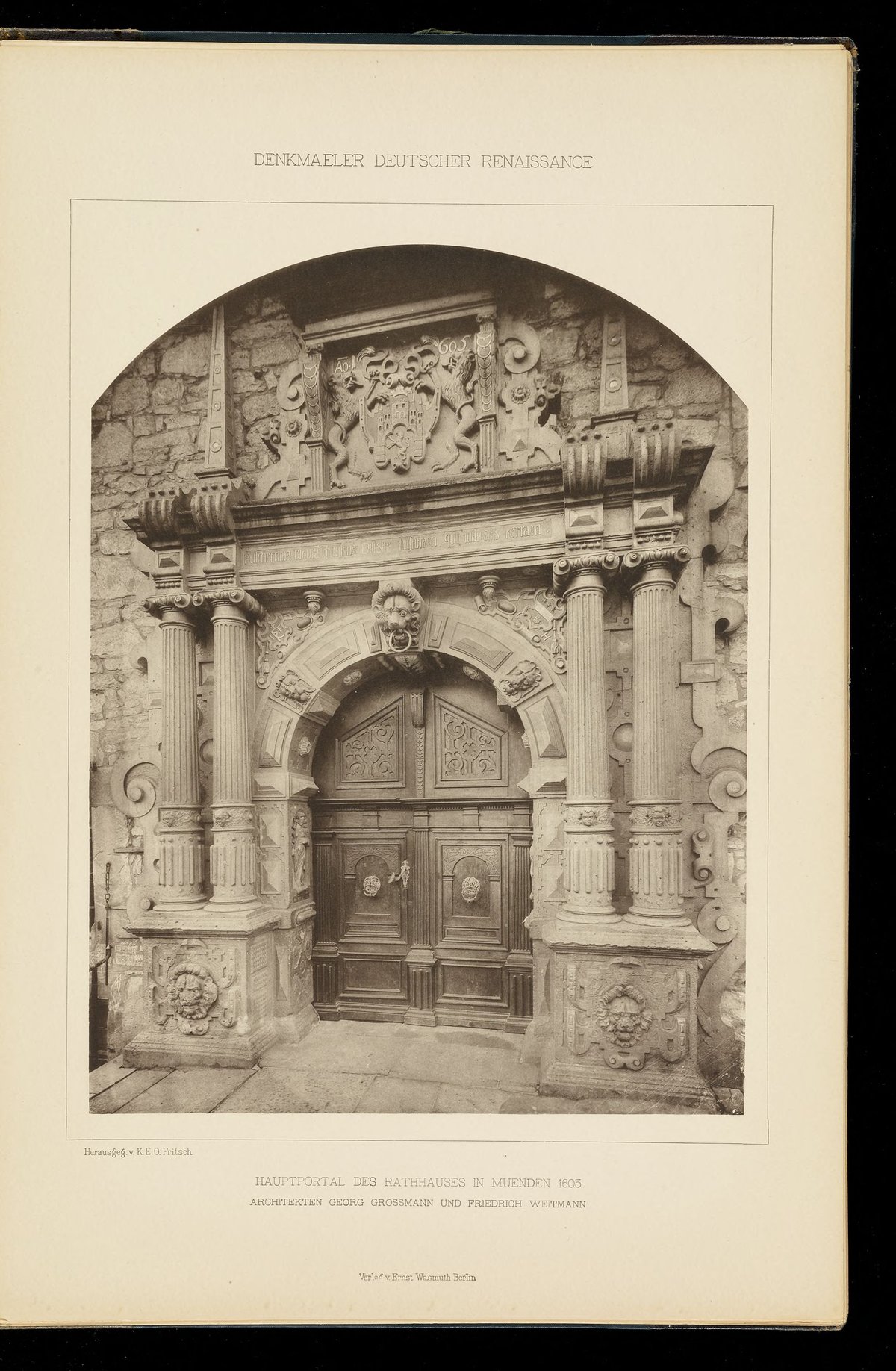
Visiting Hours and Tickets for Historisches Rathaus in Münster
Publication Date: 24/07/2024
Introduction to Historisches Rathaus
The Historisches Rathaus (Historical Town Hall) in Münster, Germany, is a captivating landmark that offers a unique window into the rich historical tapestry of the city. Dating back to the 12th century, this landmark is not only a testament to the architectural prowess of bygone eras but also a significant site where pivotal historical events unfolded. The building’s Gothic architecture, characterized by its high gable and intricate façade, has stood the test of time, reflecting the wealth and civic pride of Münster’s citizens (Stadt Münster).
One of the most notable historical milestones associated with the Historisches Rathaus is the signing of the Peace of Westphalia in 1648, which marked the end of the Thirty Years’ War and the Eighty Years’ War. This treaty, signed in the Peace Hall (Friedenssaal) within the Rathaus, is considered a cornerstone of modern diplomacy and international law (Wikipedia). Despite suffering extensive damage during World War II, the Rathaus was meticulously restored in the 1950s, a testament to the community’s dedication to preserving their cultural heritage (Baukunst NRW).
Today, the Historisches Rathaus serves as a cultural and political hub, hosting various prestigious events, official receptions, and council meetings. It attracts around 120,000 visitors annually, offering them a glimpse into Münster’s glorious past. This guide will provide you with all the essential information, including ticket prices, visiting hours, travel tips, and much more, to help you plan an enriching visit to this iconic site.
Contents
- Introduction
- Historical Significance of Historisches Rathaus, Münster
- Origins and Early Development
- Architectural Evolution
- Gothic Masterpiece
- The Peace of Westphalia
- Destruction and Reconstruction
- Modern Usage and Cultural Significance
- Visitor Information
- Tickets
- Visiting Hours
- Travel Tips
- Accessibility
- Special Events and Tours
- Recognition and Heritage Status
- Architectural Details and Preservation
- Civic Pride and Community Involvement
- FAQ
- Conclusion
- Call to Action
Historical Significance of Historisches Rathaus, Münster
Origins and Early Development
The Historisches Rathaus in Münster, Germany, is a landmark steeped in history, dating back to the 12th century. The initial structure was a simple Fachwerk (timber-framed) building erected around 1170, shortly after Münster received its city rights. This early construction was strategically placed near the Michaelistor, opposite the Domburg and the bischöflichen Dombereich, reflecting the burgeoning civic identity of Münster’s citizens (Wikipedia).
Architectural Evolution
By the early 13th century, the original timber structure was replaced with a more durable stone building. This stone construction, completed around 1200, formed the core of what would become the Ratskammer (Council Chamber). In 1320, a significant architectural enhancement was made with the addition of a gabled hall facing the Prinzipalmarkt, which remains a defining feature of the building today (Baukunst NRW).
Gothic Masterpiece
The Historisches Rathaus is a prime example of Gothic architecture, characterized by its high gable and intricate façade. The building’s design, particularly the high gable, is unique in Germany and has been a subject of admiration and study. The Gothic style not only reflects the architectural trends of the period but also symbolizes the wealth and independence of Münster’s citizens, who were represented by the Erbmänner, the city’s hereditary elite (Stadt Münster).
The Peace of Westphalia
One of the most significant historical events associated with the Historisches Rathaus is the signing of the Peace of Westphalia in 1648. This treaty ended the Thirty Years’ War in Europe and the Eighty Years’ War between Spain and the Dutch Republic. The Peace Hall (Friedenssaal) within the Rathaus was the venue for these crucial negotiations, making it a birthplace of modern diplomacy and international law. The treaty not only marked the end of prolonged conflicts but also recognized the independence of the Dutch Republic and the Swiss Confederacy from the Holy Roman Empire (Wikipedia).
Destruction and Reconstruction
The Historisches Rathaus suffered extensive damage during World War II, with much of the building being destroyed. However, the post-war period saw a dedicated effort to restore the Rathaus to its former glory. The reconstruction, completed in the 1950s, was a community-driven project funded by donations from local merchants and citizens, as well as through town hall lotteries. The restoration was meticulously carried out to preserve the historical and architectural integrity of the original Gothic design (Stadt Münster).
Modern Usage and Cultural Significance
Today, the Historisches Rathaus serves multiple functions. It is used for cultural and prestigious events, official receptions, and political council meetings. The largest room, the ballroom, along with the adjacent armory, can be configured for various seating arrangements, making it a versatile venue for different types of gatherings. The adjacent city wine tavern also provides smaller meeting rooms with fixed block-formation seating (Stadt Münster).
Visitor Information
Tickets
Admission to the Historisches Rathaus is free, but guided tours may have a fee. Check the official website for the latest information on tour prices and booking (Stadt Münster).
Visiting Hours
The Rathaus is open to visitors Monday through Friday from 10 AM to 5 PM, and on weekends from 11 AM to 4 PM. It’s recommended to verify the hours before visiting as they may change during holidays or special events.
Travel Tips
The Historisches Rathaus is located in the heart of Münster and is easily accessible by public transportation. There are several parking options nearby for those driving. Consider combining your visit with other nearby attractions, such as the St. Paulus Dom and the Prinzipalmarkt.
Accessibility
The building is wheelchair accessible, with ramps and elevators available for visitors with mobility issues.
Special Events and Tours
The Historisches Rathaus hosts various special events throughout the year, including cultural festivals, historical reenactments, and official ceremonies. Guided tours are available in multiple languages and offer an in-depth look at the building’s history and architecture. Photography enthusiasts will find numerous spots within and around the Rathaus perfect for capturing the Gothic splendor.
Recognition and Heritage Status
In recognition of its historical significance, the European Commission awarded the Historisches Rathaus the European Heritage Label in 2015, acknowledging its role in the Peace of Westphalia and its contribution to European unity. Despite efforts to gain UNESCO World Heritage status, the building’s reconstructed nature has posed challenges. Nevertheless, the Rathaus remains a symbol of peace and diplomacy, attracting around 120,000 visitors annually (Wikipedia).
Architectural Details and Preservation
The architectural details of the Historisches Rathaus are a testament to the craftsmanship of the Gothic period. The façade features intricate stonework, including statues and decorative elements that have been carefully preserved and restored. The building’s interior, particularly the Peace Hall, retains historical artifacts and furnishings that provide a glimpse into the 17th-century diplomatic environment (Baukunst NRW).
Civic Pride and Community Involvement
The restoration and ongoing preservation of the Historisches Rathaus are a source of civic pride for the people of Münster. The community’s involvement in the reconstruction efforts post-World War II highlights the collective commitment to preserving their cultural heritage. This sense of ownership and pride continues to be evident in the maintenance and use of the Rathaus for public and official functions (Stadt Münster).
FAQ
-
What are the visiting hours for the Historisches Rathaus?
- The Rathaus is open Monday through Friday from 10 AM to 5 PM, and on weekends from 11 AM to 4 PM.
-
How much do tickets cost for the Historisches Rathaus?
- Admission is free, but guided tours may have a fee.
-
Is the Historisches Rathaus wheelchair accessible?
- Yes, the building is wheelchair accessible with ramps and elevators.
Conclusion
The Historisches Rathaus in Münster is not just an architectural marvel but a symbol of the city’s rich history and its role in shaping European diplomacy. Its Gothic design, historical significance, and the community’s dedication to its preservation make it a must-visit landmark for anyone interested in history, architecture, and cultural heritage. Plan your visit today and experience the grandeur and historical importance of this iconic site.
Call to Action
For more information on visiting the Historisches Rathaus and other historical sites in Münster, download our mobile app Audiala, check out related posts on our blog, or follow us on social media for the latest updates and travel tips.
Sources and Further Reading
- Stadt Münster. (n.d.). Historisches Rathaus.
- Wikipedia. (n.d.). Historisches Rathaus Münster. source.
- Baukunst NRW. (n.d.). Historisches Rathaus Münster. source.
- The Crazy Tourist. (n.d.). 15 Best Things to Do in Münster. source.
